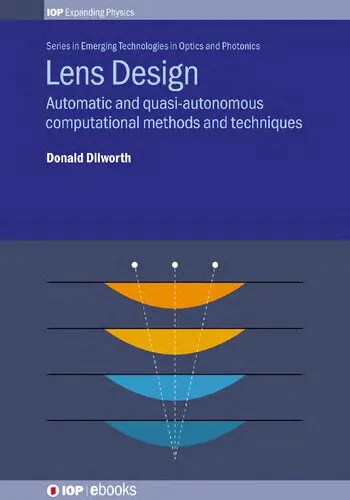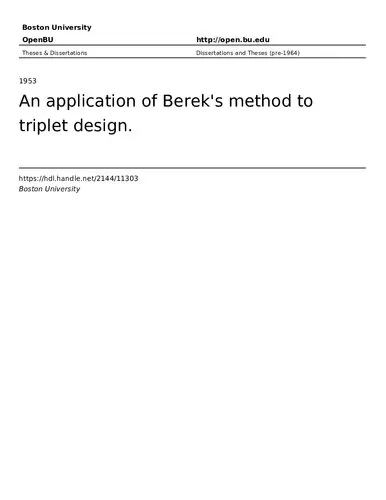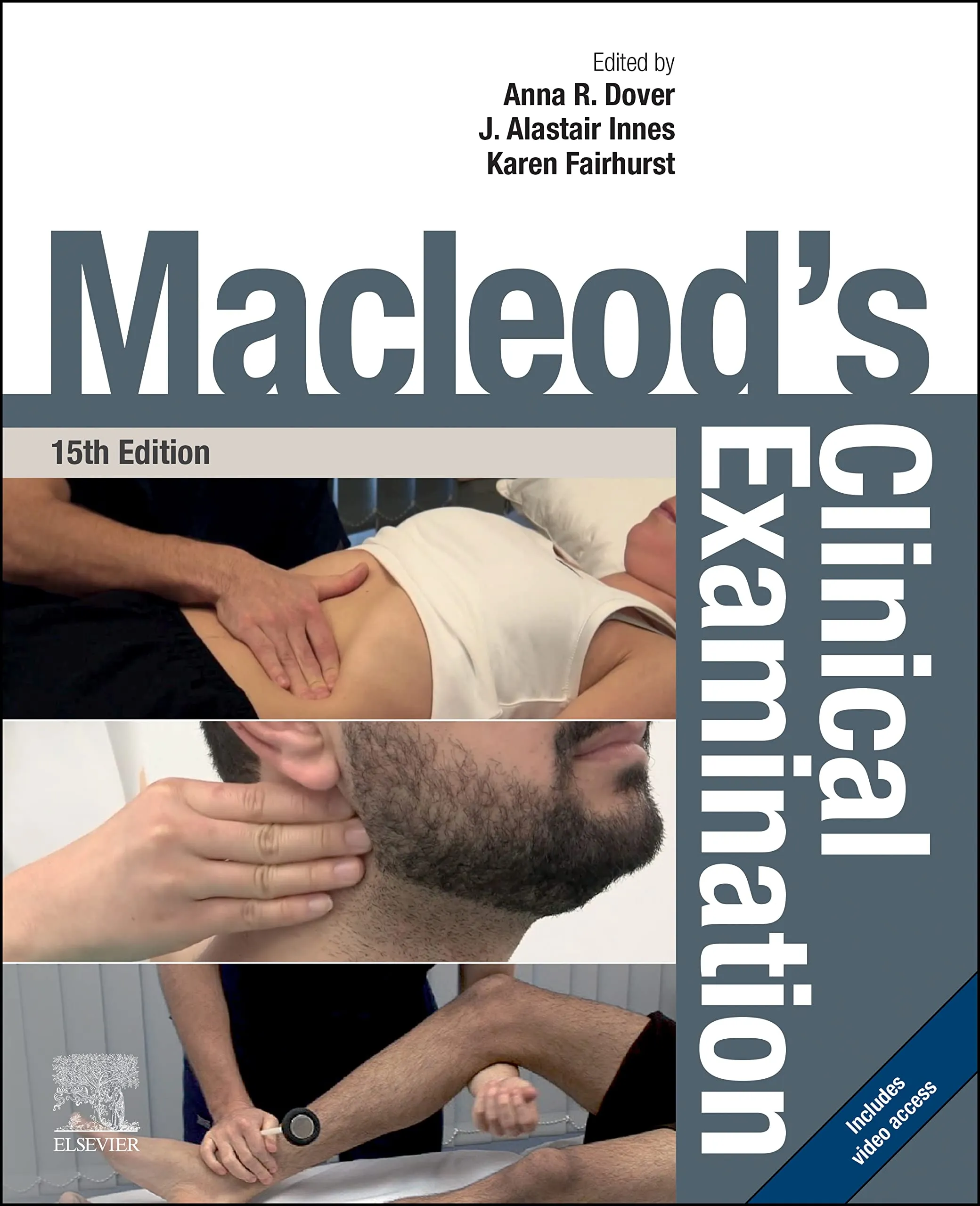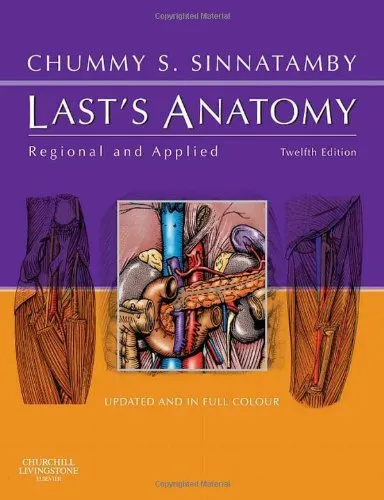Lens Design: Automatic and Quasi-Autonomous Computational Methods and Techniques (IPH001)
4.5
Reviews from our users

You Can Ask your questions from this book's AI after Login
Each download or ask from book AI costs 2 points. To earn more free points, please visit the Points Guide Page and complete some valuable actions.Related Refrences:
Analytical Summary
In the world of optics, few areas are as technically demanding and intellectually stimulating as lens design. Lens Design: Automatic and Quasi-Autonomous Computational Methods and Techniques (IPH001) is a specialized work that delves deep into the rigorous methodologies and computational approaches used to advance modern optical systems. Written for serious readers, academic researchers, and seasoned professionals, this book provides a structured pathway through both established principles and forward-looking techniques in the design and optimization of lenses.
The text investigates how automatic algorithms and quasi-autonomous systems enable engineers to craft lenses that meet exacting performance requirements while reducing manual trial-and-error. By integrating computational lens design strategies with theoretical optics, the book bridges a critical gap for readers who seek both conceptual understanding and practical application. Each chapter builds incrementally, ensuring that readers can absorb intricate arguments while connecting them to real-world optical engineering challenges.
Secondary topics such as optical engineering and computational optimization are discussed in context with emerging industry standards, making this work relevant to ongoing advancements in camera systems, scientific instrumentation, and industrial imaging solutions. Information on specific publication year, awards, or widespread public recognition is unavailable due to the absence of reliable public sources; however, the enduring relevance of its subject matter is clear from the growing importance of automation in lens design workflows.
Key Takeaways
Readers will gain a robust and actionable understanding of how computational methods are shaping the future of lens design, with particular emphasis on automation.
The book emphasizes the interplay between algorithmic precision and engineering creativity, offering concrete methods for reducing human error and improving efficiency in the design process.
By explaining quasi-autonomous computational techniques, it equips readers to integrate machine-assisted processes into their own projects, translating theory into tangible results.
Important practical insights include recognizing when to trust fully automatic procedures and when human oversight is essential, along with strategies for iterative refinement of optical configurations.
The text stresses reproducibility, parameter sensitivity, and compatibility with various optical modelling software platforms, which ensures readers can adapt its core lessons to diverse engineering contexts.
Memorable Quotes
“Automation in lens design does not replace expertise; it enhances the engineer’s reach into the possible.” Unknown
“Quasi-autonomous computation blends human intuition with machine precision for groundbreaking optical solutions.” Unknown
“Every lens tells a story of constraints mastered and visions made clear.” Unknown
Why This Book Matters
For researchers and professionals navigating the rapidly evolving domain of optical engineering, this book serves as both a reference and a guide.
Its focus on automatic and quasi-autonomous computational methods situates it among the few resources addressing how automation is redefining product design cycles. The content is highly relevant to industries where precision optics affect performance, cost-efficiency, and innovation possibilities.
By providing deeply detailed, technically accurate discussions, it empowers readers to critically examine and integrate advanced methodologies without being overwhelmed by unnecessary complexity. In doing so, it helps foster a mindset that balances trust in computational outcomes with the interpretive skills only human practitioners can provide.
Inspiring Conclusion
In summary, Lens Design: Automatic and Quasi-Autonomous Computational Methods and Techniques (IPH001) is a vital resource for anyone intent on mastering the synthesis of human expertise with computational advancements.
Its enduring relevance for optical engineering, computational lens design, and related disciplines makes it a book worth reading, sharing, and discussing. Whether your goal is to enhance your theoretical foundation or to implement sophisticated automation in your practice, this work provides both the compass and the map to navigate the evolving terrain of modern lens design.
We invite you to engage with the ideas presented, reflect on their potential in your own projects, and join a broader conversation about how best to harness automatic and quasi-autonomous computational methods for optical innovation.
Free Direct Download
You Can Download this book after Login
Accessing books through legal platforms and public libraries not only supports the rights of authors and publishers but also contributes to the sustainability of reading culture. Before downloading, please take a moment to consider these options.
Find this book on other platforms:
WorldCat helps you find books in libraries worldwide.
See ratings, reviews, and discussions on Goodreads.
Find and buy rare or used books on AbeBooks.
1200
بازدید4.5
امتیاز0
نظر98%
رضایتReviews:
4.5
Based on 0 users review
Questions & Answers
Ask questions about this book or help others by answering
No questions yet. Be the first to ask!














